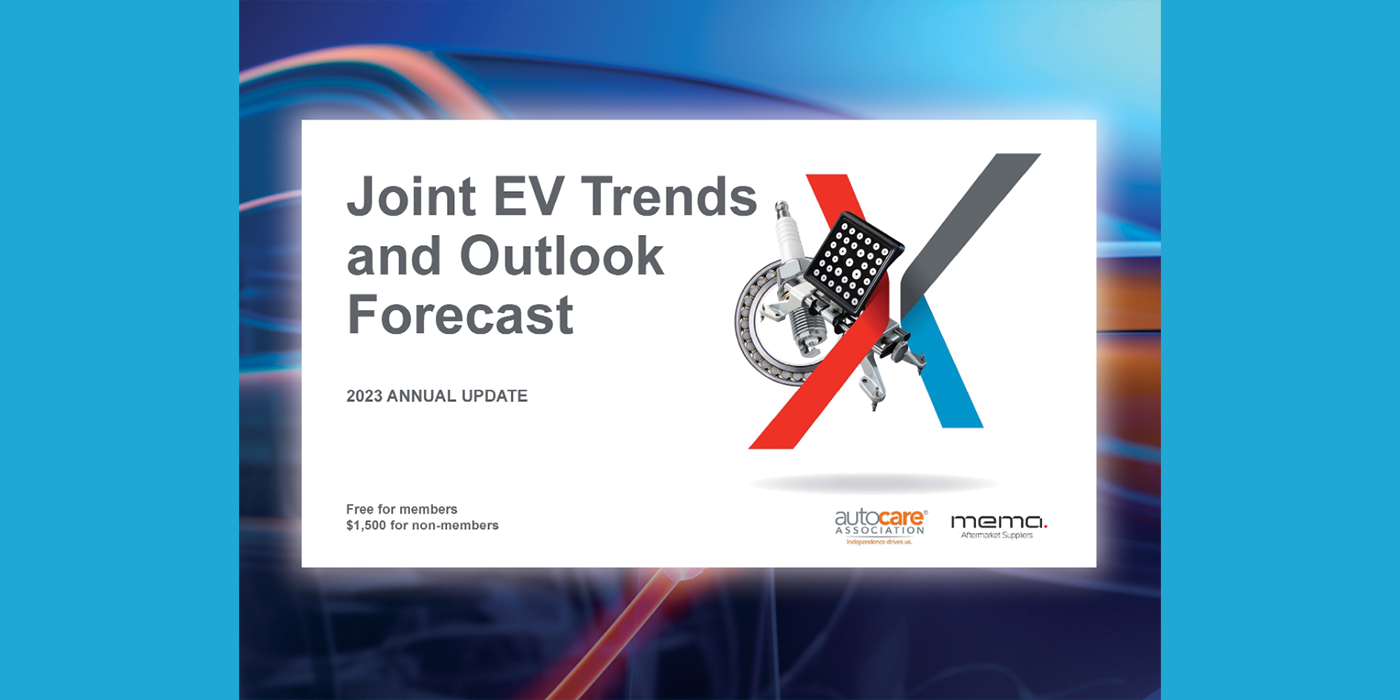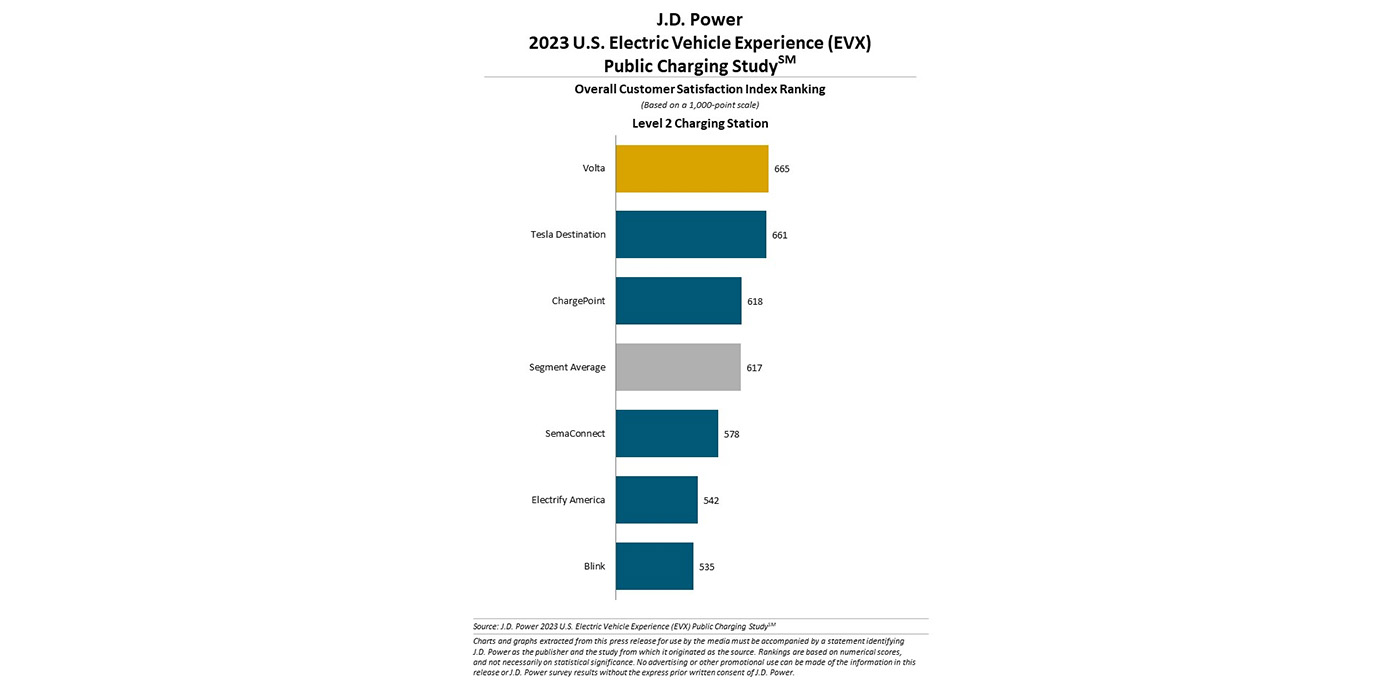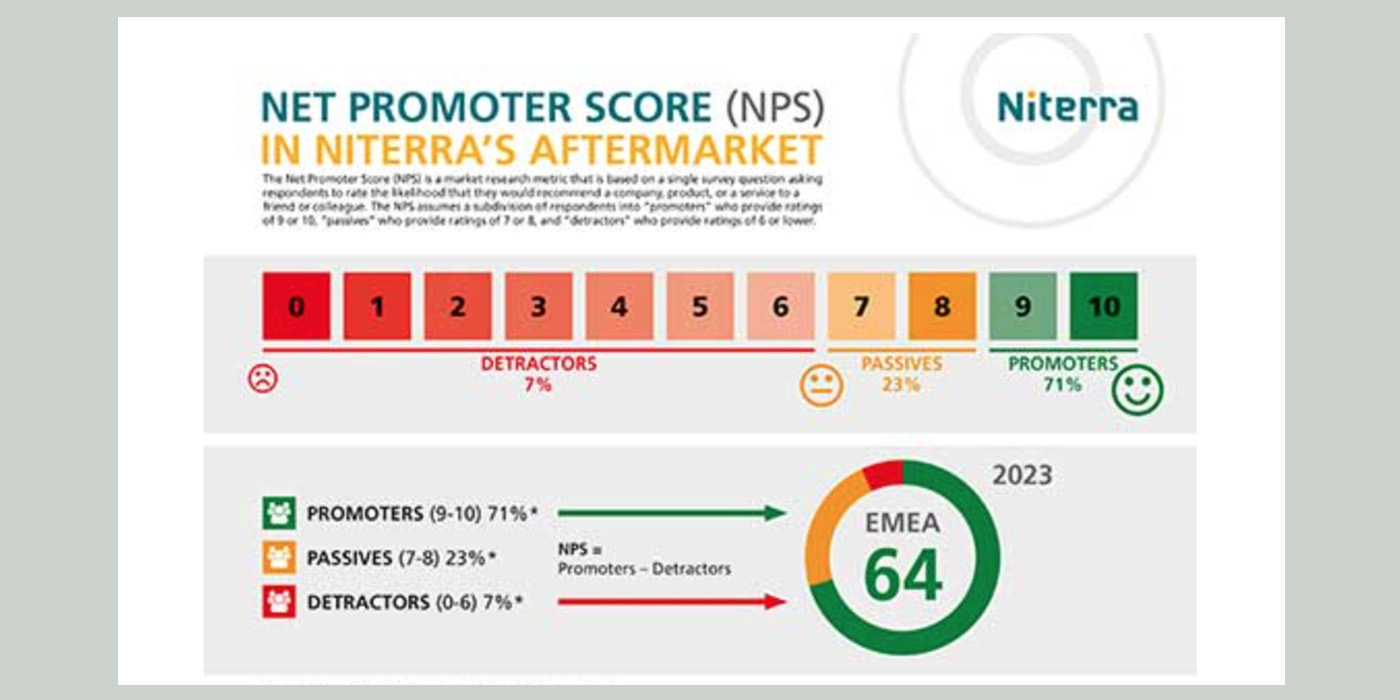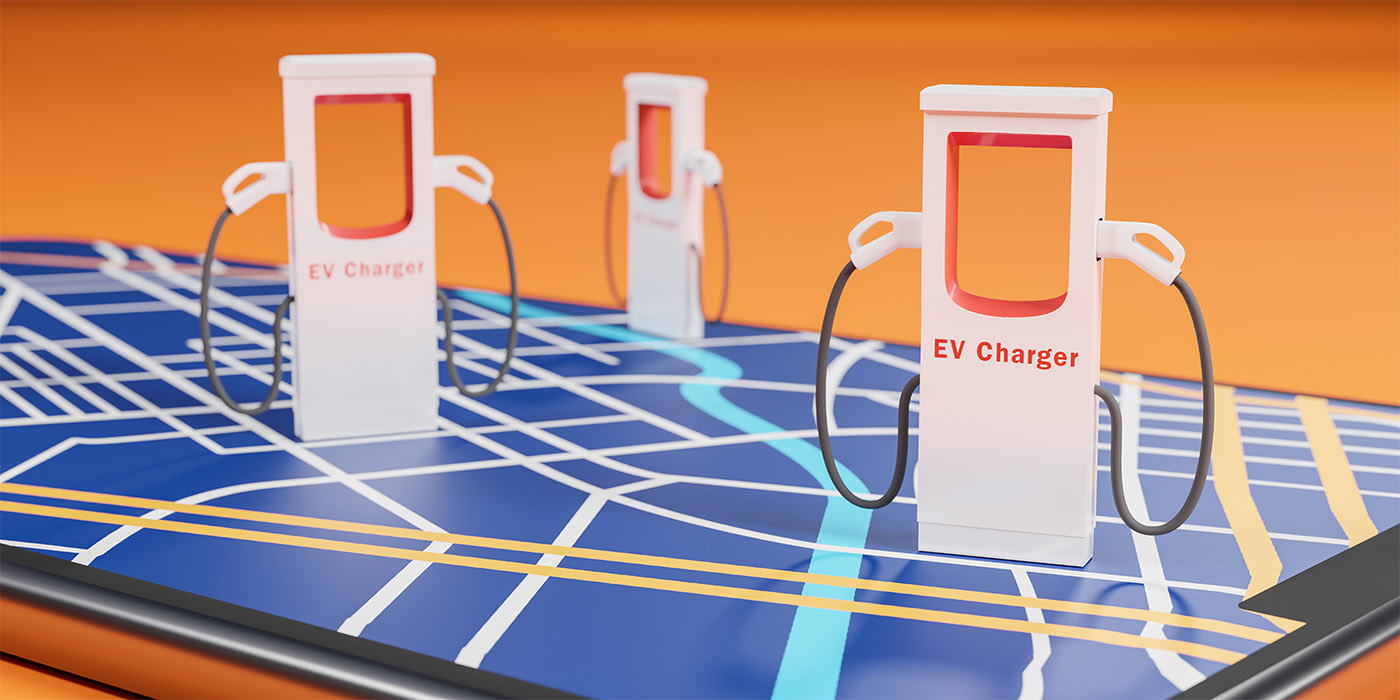Vehicle buyers are still suffering from the pandemic’s effect on new-vehicle production, according to J.D. Power. Customer satisfaction with the vehicle purchase experience has declined for the first time in more than 10 years, according to the J.D. Power 2022 U.S. Sales Satisfaction Index (SSI) Study.
With new-vehicle inventory remaining very low, transaction prices have significantly increased—and consumers are not happy about it. Overall sales satisfaction has dipped to 786 (on a 1,000-point scale) from 789 in 2021, says J.D. Power.
When new-vehicle prices increased in 2021, customer satisfaction was buoyed by higher-than-expected trade-in values. Not so this year as new-vehicle inventories declined further, enabling a higher rate of dealers to charge more than Manufacturer’s Suggested Retail Price (MSRP). The satisfaction index score for fairness of price paid declines year over year, while metrics for the variety of physical and online inventory plummeted in each of the past three years.
“Even in the face of a continuing shortage of new-vehicle inventory and general inflationary pressure,dealerships have been able to maintain a consistent level of sales satisfaction,” said Chris Sutton, vice president of automotive retail at J.D. Power. “With the supply chain being an ongoing issue and with no near-term solution, dealerships have had to use additional tools at their disposal, such as special orders and more personal customer handling, to maintain sales satisfaction. However, when dealers charge more than MSRP, particularly with long-term loyal customers, they risk a potential long-term negative effect on customer advocacy and service business.”
Another key study finding is that electric vehicle (EV) buyers continue to have less satisfying sales experiences than do buyers of traditional gas-powered vehicles in both the premium and mass market segments, reports J.D. Power. For example, satisfaction among owners of mass market battery electric vehicles (BEVs) is 56 points lower than among owners of gas-powered vehicles (791 vs. 847, respectively) and satisfaction among owners of premium BEVs is 33 points lower than among owners of gas-powered vehicles (831 vs. 864, respectively).
Now in its 37th year, the U.S. Sales Satisfaction Index (SSI) Study measures satisfaction with the sales experience among new-vehicle buyers and rejecters (those who shop a dealership and purchase elsewhere). Buyer satisfaction is based on six factors (in order of importance): delivery process (26%); dealer personnel (24%); working out the deal (19%); paperwork completion (18%); dealership facility (10%); and dealership website (4%). Rejecter satisfaction is based on five factors: salesperson (40%); price (23%); facility (14%); variety of inventory (11%); and negotiation (11%).
For additional information about the U.S. Sales Satisfaction Index (SSI) Study, visit
https://www.jdpower.com/business/automotive/us-sales-satisfaction-index-ssi-study.













